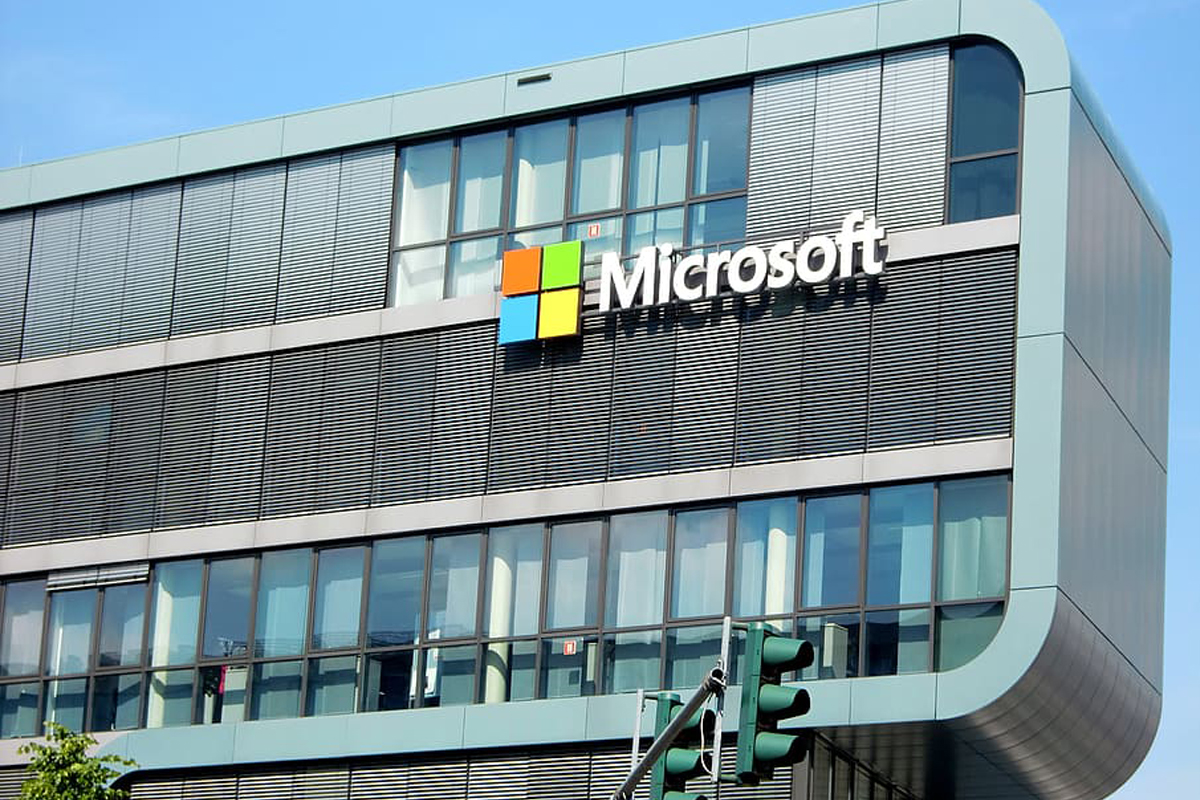Critical Patches for Microsoft Products
Microsoft
October 8, 2024
Multiple vulnerabilities have been discovered in Microsoft products, the most severe of which could allow for remote code execution in the context of the logged-on user. Depending on the privileges associated with the user, an attacker could then install programs; view, change, or delete data; or create new accounts with full user rights. Users whose accounts are configured to have fewer user rights on the system could be less impacted than those who operate with administrative user rights.
THREAT INTELLIGENCE:
The vulnerabilities Microsoft Management Console Remote Code Execution Vulnerability (CVE-2024-43572) and Windows MSHTML Platform Spoofing Vulnerability (CVE-2024-43573) have been seen exploited in the wild and disclosed publicly.
SYSTEMS AFFECTED:
- .NET and Visual Studio
- .NET, .NET Framework, Visual Studio
- Azure CLI
- Azure Monitor
- Azure Stack
- BranchCache
- Code Integrity Guard
- DeepSpeed
- Internet Small Computer Systems Interface (iSCSI)
- Microsoft ActiveX
- Microsoft Configuration Manager
- Microsoft Defender for Endpoint
- Microsoft Graphics Component
- Microsoft Management Console
- Microsoft Office
- Microsoft Office Excel
- Microsoft Office SharePoint
- Microsoft Office Visio
- Microsoft Simple Certificate Enrollment Protocol
- Microsoft WDAC OLE DB provider for SQL
- Microsoft Windows Speech
- OpenSSH for Windows
- Outlook for Android
- Power BI
- Remote Desktop Client
- Role: Windows Hyper-V
- RPC Endpoint Mapper Service
- Service Fabric
- Sudo for Windows
- Visual C++ Redistributable Installer
- Visual Studio
- Visual Studio Code
- Windows Ancillary Function Driver for WinSock
- Windows BitLocker
- Windows Common Log File System Driver
- Windows Cryptographic Services
- Windows EFI Partition
- Windows Hyper-V
- Windows Kerberos
- Windows Kernel
- Windows Kernel-Mode Drivers
- Windows Local Security Authority (LSA)
- Windows Mobile Broadband
- Windows MSHTML Platform
- Windows Netlogon
- Windows Network Address Translation (NAT)
- Windows NT OS Kernel
- Windows NTFS
- Windows Online Certificate Status Protocol (OCSP)
- Windows Print Spooler Components
- Windows Remote Desktop
- Windows Remote Desktop Licensing Service
- Windows Remote Desktop Services
- Windows Resilient File System (ReFS)
- Windows Routing and Remote Access Service (RRAS)
- Windows Scripting
- Windows Secure Channel
- Windows Secure Kernel Mode
- Windows Shell
- Windows Standards-Based Storage Management Service
- Windows Storage
- Windows Storage Port Driver
- Windows Telephony Server
- Winlogon
RISK:
Government:
- Large and medium government entities: High
- Small government entities: Medium
Businesses:
- Large and medium business entities: High
- Small business entities: Medium
Home users: Low
TECHNICAL SUMMARY:
Multiple vulnerabilities have been discovered in Microsoft products, the most severe of which could allow for remote code execution.
A full list of all vulnerabilities can be found in the Microsoft link in the References section.
Successful exploitation of the most severe of these vulnerabilities could result in an attacker gaining the same privileges as the logged-on user. Depending on the privileges associated with the user, an attacker could then install programs; view, change, or delete data; or create new accounts with full user rights. Users whose accounts are configured to have fewer user rights on the system could be less impacted than those who operate with administrative user rights.
RECOMMENDATIONS:
We recommend the following actions be taken:
- Apply appropriate patches or appropriate mitigations provided by Microsoft to vulnerable systems immediately after appropriate testing. (M1051: Update Software)
- Safeguard 7.1: Establish and Maintain a Vulnerability Management Process: Establish and maintain a documented vulnerability management process for enterprise assets. Review and update documentation annually, or when significant enterprise changes occur that could impact this Safeguard.
- Safeguard 7.4: Perform Automated Application Patch Management: Perform application updates on enterprise assets through automated patch management on a monthly, or more frequent, basis.
- Apply the Principle of Least Privilege to all systems and services, and run all software as a non-privileged user (one without administrative rights) to diminish the effects of a successful attack. (M1026: Privileged Account Management)
- Safeguard 4.7: Manage Default Accounts on Enterprise Assets and Software: Manage default accounts on enterprise assets and software, such as root, administrator, and other pre-configured vendor accounts. Example implementations can include: disabling default accounts or making them unusable.
- Safeguard 5.4: Restrict Administrator Privileges to Dedicated Administrator Accounts: Restrict administrator privileges to dedicated administrator accounts on enterprise assets. Conduct general computing activities, such as internet browsing, email, and productivity suite use, from the user’s primary, non-privileged account.
- Remind all users not to visit untrusted websites or follow links/open files provided by unknown or untrusted sources. (M1017: User Training)
- Safeguard 14.1: Establish and Maintain a Security Awareness Program: Establish and maintain a security awareness program. The purpose of a security awareness program is to educate the enterprise’s workforce on how to interact with enterprise assets and data in a secure manner. Conduct training at hire and, at a minimum, annually. Review and update content annually, or when significant enterprise changes occur that could impact this Safeguard.
- Safeguard 14.2: Train Workforce Members to Recognize Social Engineering Attacks: Train workforce members to recognize social engineering attacks, such as phishing, pre-texting, and tailgating.
- Use capabilities to prevent suspicious behavior patterns from occurring on endpoint systems. This could include suspicious process, file, API call, etc. behavior. (M1040 : Behavior Prevention on Endpoint)
- Safeguard 13.2 : Deploy a Host-Based Intrusion Detection Solution: Deploy a host-based intrusion detection solution on enterprise assets, where appropriate and/or supported.
- Safeguard 13.7 : Deploy a Host-Based Intrusion Prevention Solution: Deploy a host-based intrusion prevention solution on enterprise assets, where appropriate and/or supported. Example implementations include use of an Endpoint Detection and Response (EDR) client or host-based IPS agent.
Microsoft:
https://portal.msrc.microsoft.com/en-us/security-guidance
https://msrc.microsoft.com/update-guide/releaseNote/2024- Oct CVE:
https://cve.mitre.org/cgi-bin/cvename.cgi?name=CVE-2024- 43572
https://cve.mitre.org/cgi-bin/cvename.cgi?name=CVE-2024- 43573





